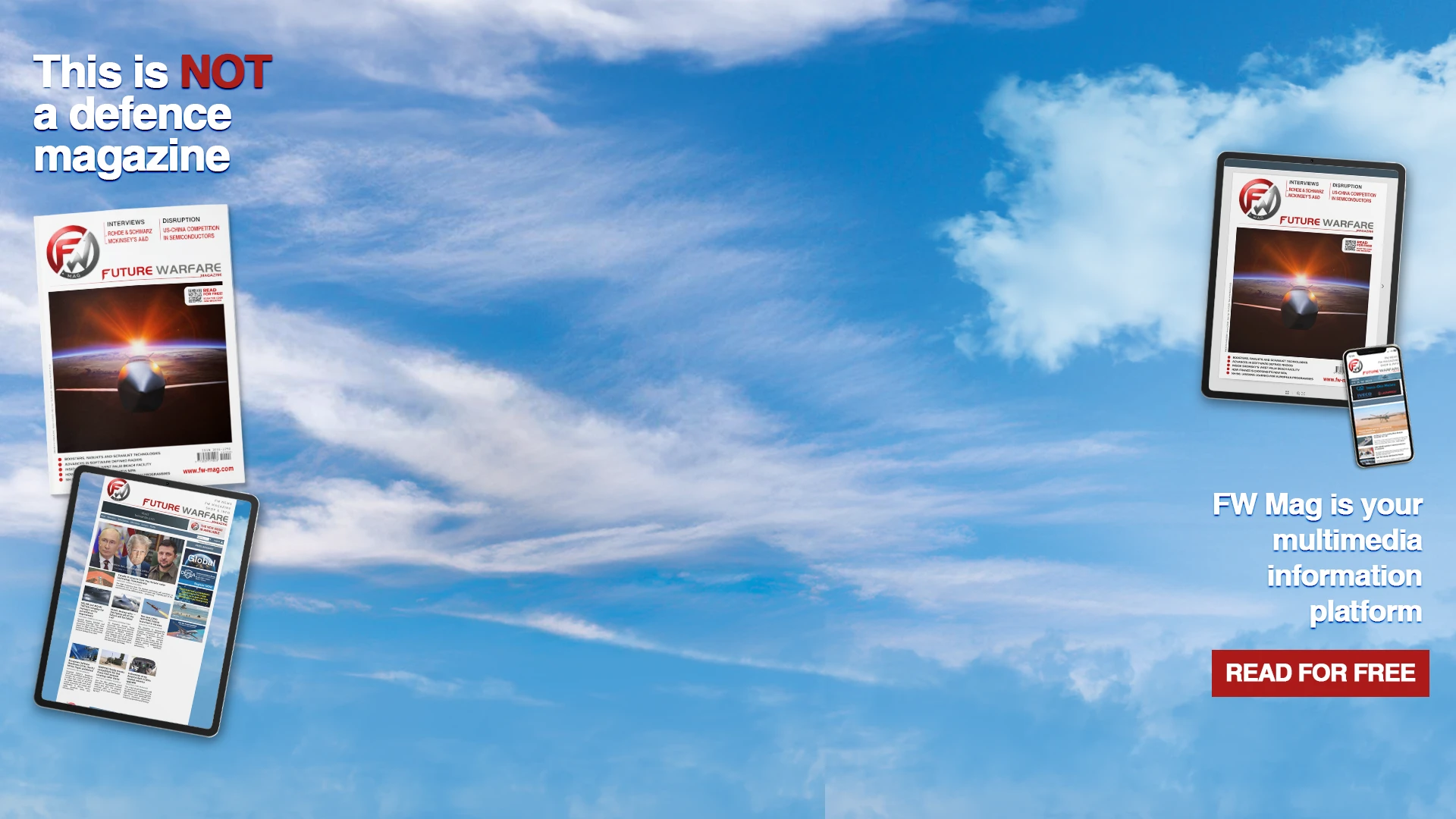The European Union is arming up - fast. With initiatives like Rearm Europe, SAFE, and others, Brussels is pouring billions into closing gaps in air defence, drones, AI, and beyond - even aiming to build a “drone wall” to protect its eastern borders. The goal is clear: deter Russian aggression and bolster Ukraine’s long-term defence.
But is the EU focusing on the right priorities? Are its investments in cutting-edge technology truly aligned with the lessons from Ukraine? And what’s the real recipe for victory - advanced hardware, or the people and doctrine behind it?
We spoke with Fedir Serdiuk in Brussels, where he was a speaker at the European Defence and Security Conference last week. The Ukrainian defence entrepreneur, advisor to Kyiv’s Ministry of Defence, co-founder of MOWA Defense (Modern Warfare Advisory, which trains NATO militaries on modern warfare), and former Red Cross rescue leader and military trainer, says his frontline experience exposes the heart of Europe’s challenge: victory depends less on hardware and more on the people who use it and the doctrine that guides them.
FW: As the EU builds its so-called “drone wall” and NATO looks to Ukraine for lessons, what’s the main takeaway from your experience on the battlefield?
Fedir Serdiuk: The main lesson is: never start the defence conversations with the equipment. Humans and capability must be at the centre. In 2022, we achieved amazing results with cheap commercial reconnaissance drones, integrated with systems like HIMARS. When we lacked real ammunition, FPV drones became the temporary solution. If we run out of those, they will be replaced by something else. So, focusing on capability, doctrine, tactics - and then the equipment - is the key. Another advice that I would give to both Ukrainians and Europeans is that it's ok to have a “zoo” of platforms for different missions. You don't need to have an AR-15-style standard for all countries. You need different platforms because tactical needs evolve, and competition drives innovation. Some firms will become champions - we saw Helsing or Quantum Systems - but market entry should be easy for everyone. The “drone wall” is not the wall of drones or explosives. It’s a wall of people who understand the doctrine, and can execute it - and then use the equipment. People first, doctrine second, equipment third.
FW: Let’s talk about technology. Which emerging systems have the greatest potential to shape modern warfare - and Europe’s security?
Fedir Serdiuk: Humans are the centre. From what I have learned in these 11 years, the main ‘technology’, the main investment, is humans. Then comes the technology - whatever it is. Whether it’s a Chinese-made commercial drone for filming weddings, or a sophisticated system like BAYRAKTAR or MQ-9 REAPER, it’s the people behind it who make the difference. If we talk about equipment, unmanned platforms will have the greatest impact. The world is watching how effective - or loud - our UAVs are. This happens at every layer of fight: a $500 FPV drone can destroy a $10 million tank. Our ISR drones perform target acquisition, and then HIMARS strikes 60 kilometres away. Another remarkable technology is the so-called “deep strike” drones, attacking refineries over 1,000 km away. At sea, homemade maritime drones sank Russian warships - then the aircraft sent to protect them. On land, casualty evacuation has become almost impossible because vehicles are easily destroyed by radio-controlled or fibre-optic drones. We will also see AI tools for commanders, possibly integrated at lower levels. I’m not a huge believer in AI at war - I’m a bit sceptical - but space technologies and even stratospheric systems are emerging. Human imagination has no limits - and when freedom and dignity are attacked, we must use it for defence.
FW: Baltic and Nordic leaders are turning to Ukraine for advice on drone detection and countermeasures. How can Ukraine institutionalise this role - perhaps through partnerships like MOWA - to help shape the EU’s security architecture?
Fedir Serdiuk: Government-to-government processes are up and running. President Zelensky recently sent some experts to Denmark. Ukraine’s inclusion in the EU and NATO will help us help. But the hidden gem is our veterans. We have 1.5 million registered veterans, most of them still fighting. These people have experience, dedication, and professionalism. Imagine how 1.5 million people, most with experience fighting modern warfare, can be helpful for R&D teams, start-ups, technical maintenance, and beyond. This is a huge human resource - not just for Ukraine’s recovery, but for Europe’s future security.
FW: MOWA Defense trains NATO-member militaries. What are the biggest barriers to aligning Ukrainian battlefield innovations with Western systems?
Fedir Serdiuk: Two things: psychological reservations and bureaucracy. Some think: “We are NATO members, the strongest and the best, we can’t be trained by someone we once trained.” That’s changing now. But learning from others doesn’t make you weaker - it makes you stronger. Then comes bureaucracy. Take medical training: evacuation within the so-called “golden hour” won’t happen when air extraction is unavailable and ground extraction is impossible. You should train soldiers to keep someone alive for 12 to 24 hours, not just one. And when I hear “we need to do research”, it means long timelines for committees, signatures, testing, approvals. Europe and Ukraine don’t have that time. Being open to innovation and rapid learning is key. It’s what helps Ukraine now - and will help Europeans too.
FW: Building capacity takes time and coordination. Are European countries learning from Ukraine, and is integration already happening?
Fedir Serdiuk: As we say in Ukraine: “There is nothing more permanent than the temporary.” When the full-scale invasion began in February 2022, even allies like the Five Eyes expected a short war. It took time to change that mindset: war became a strategic challenge - worth investment, energy, and money (as seen in SAFE or the drone wall). Now, cooperation happens through B2B, B2G, and G2G models - joint ventures, IP exchanges, co-branded training centres, and defence services like training, counselling, and veteran advisory work. The key is to keep these programmes updated, because tactics evolve quickly. Above all, action matters most - deeds, not words. Observation from the sidelines is the least efficient path.
Photo: Fedir Serdiuk, co-founder of MOWA Defense and advisor to the Ukrainian Ministry of Defence (MOWA)








.png)
